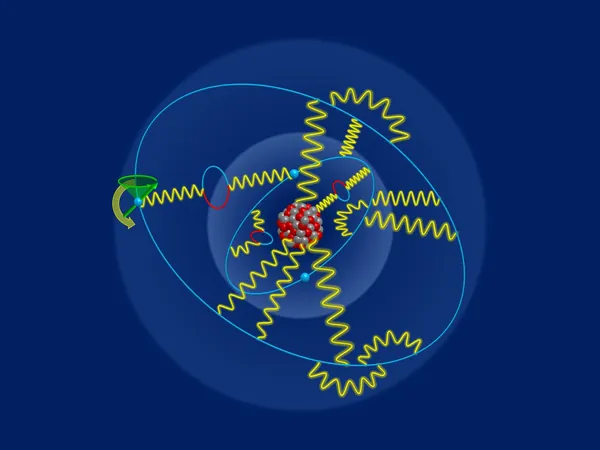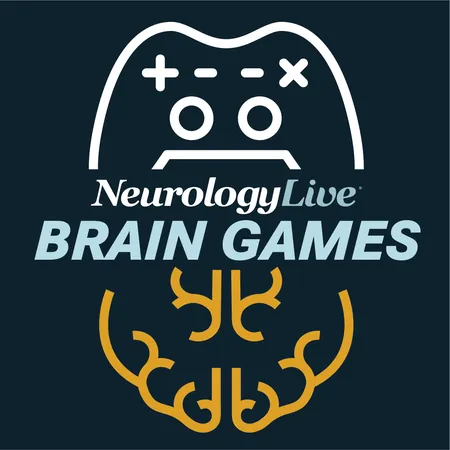
Revolutionizing Quantum Physics: Lithium-Like Tin’s G-Factor Measured with Unprecedented Precision
2025-05-29
Author: Jia
Unveiling the Secrets of Lithium-Like Tin
In a groundbreaking study published in the journal *Science*, researchers from the Max Planck Institute for Nuclear Physics have achieved remarkable precision in measuring the g-factor of lithium-like tin. This state-of-the-art measurement boasts an astonishing accuracy of just 0.5 parts per billion, surpassing all previous records in heavy elements.
The Quantum Electrodynamics Challenge
Quantum electrodynamics (QED), the cornerstone of understanding electromagnetic interactions including light, is the most rigorously tested theory in physics, often achieving precision up to 0.1 parts per billion. The relentless pursuit of further testing and validating QED propels physicists to delve deeper—any inconsistencies could signal groundbreaking new physics.
In essence, QED explains how charged particles, such as electrons, interact through the exchange of "virtual" photons, which act as messengers in the electromagnetic field. This intricate dance of interactions invokes phenomena like 'self-energy,' where electrons briefly exchange energy with their surroundings.
What Makes the G-Factor So Special?
The g-factor is a crucial descriptor that links an electron's spin (intrinsic angular momentum) with its magnetic characteristics. According to Dirac's relativistic quantum mechanics, the g-factor of a free electron should ideally be exactly 2. However, due to various QED interactions, this value can deviate slightly—these deviations are meticulously measurable and contingent upon external electric fields.
Pioneering Experimental Techniques
Utilizing the advanced cryogenic Penning trap known as ALPHATRAP, the Max Planck researchers conducted their experiments under a strong magnetic field. This setup allowed them to observe the unique motion of the ion and the corresponding spin precession of the outer electron, akin to a miniature spinning top.
To extract the g-factor, scientists analyzed the relationship between the ion's motional frequency and the spin precession frequency, eliminating the magnetic field's influence from their calculations. By sending microwave radiation into the trap, they could induce spin flips, changing the electron's spin state—providing critical data necessary for accurate g-factor computations.
A Remarkable Outcome and Future Prospects
The experimental value for the g-factor they reported is staggering: g_{exp} = 1.980 354 799 750(84)_{stat}(54)_{sys}(944)_{ext}. Notably, this result aligns closely with theoretical predictions, reaffirming the reliability of their experimental methodology. Currently, external uncertainties related to ion mass are the primary limiting factor but improvements in this area could significantly enhance future precision.
The research team envisions further advancements, potentially measuring heavier lithium-like systems such as 208Pb79+. Expected enhancements in two-loop QED calculations could lead to even better validations of the theory in the regime of strong electric fields. The methodologies developed during this research are adaptable to more complex ions, paving the way for exciting breakthroughs in atomic physics.





 Brasil (PT)
Brasil (PT)
 Canada (EN)
Canada (EN)
 Chile (ES)
Chile (ES)
 Česko (CS)
Česko (CS)
 대한민국 (KO)
대한민국 (KO)
 España (ES)
España (ES)
 France (FR)
France (FR)
 Hong Kong (EN)
Hong Kong (EN)
 Italia (IT)
Italia (IT)
 日本 (JA)
日本 (JA)
 Magyarország (HU)
Magyarország (HU)
 Norge (NO)
Norge (NO)
 Polska (PL)
Polska (PL)
 Schweiz (DE)
Schweiz (DE)
 Singapore (EN)
Singapore (EN)
 Sverige (SV)
Sverige (SV)
 Suomi (FI)
Suomi (FI)
 Türkiye (TR)
Türkiye (TR)
 الإمارات العربية المتحدة (AR)
الإمارات العربية المتحدة (AR)